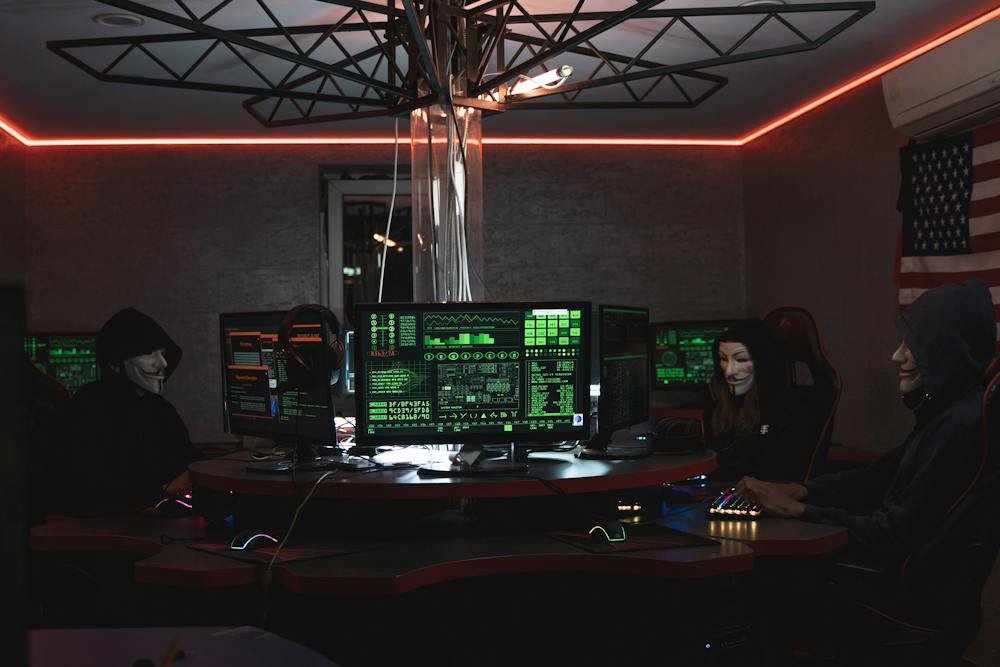
Are you tired of struggling with the installation of Laravel? Do you find the process daunting and time-consuming? If so, you’re not alone. Many developers face challenges when IT comes to setting up Laravel for their projects. However, with the right approach, installing Laravel 8 can be a breeze. In this article, we’ll walk you through 5 simple steps to install Laravel 8 effortlessly, so you can focus on building amazing web applications without the hassle of installation.
Step 1: System Requirements
Before you start the installation process, it’s important to ensure that your system meets the necessary requirements for running Laravel 8. Laravel 8 has the following system requirements:
- PHP >= 7.3
- BCMath PHP Extension
- Ctype PHP Extension
- Fileinfo PHP extension
- JSON PHP Extension
- Mbstring PHP Extension
- OpenSSL PHP Extension
- PDO PHP Extension
- Tokenizer PHP Extension
- XML PHP Extension
Make sure your system meets these requirements before proceeding with the installation. You can check the PHP version and extensions installed on your system by running the following command in your terminal:
php -v
php -m
Step 2: Install Composer
Laravel utilizes Composer, a dependency manager for PHP, to manage its dependencies. To install Laravel, you’ll need to have Composer installed on your system. If you don’t have Composer installed already, you can download and install it by following the instructions on the official Composer Website: https://getcomposer.org/.
Once Composer is installed, you can verify the installation by running the following command in your terminal:
composer --version
Step 3: Install Laravel Installer
Laravel provides a convenient installer that simplifies the process of creating a new Laravel application. You can install the Laravel installer globally using Composer with the following command:
composer global require laravel/installer
After the installation is complete, make sure to add Composer’s global bin directory to your system’s $PATH so that the laravel executable can be located by your system. You can do this by adding the following line to your ~/.bashrc or ~/.bash_profile file:
export PATH="$PATH:$HOME/.composer/vendor/bin"
Once this is done, you should be able to run the laravel command in your terminal. You can verify the installation by running the following command:
laravel --version
Step 4: Create a New Laravel Project
With the Laravel installer installed, you can now create a new Laravel project with a single command. Navigate to the directory where you want to create your project and run the following command:
laravel new project-name
Replace project-name with the name of your project. This command will create a new Laravel project in the specified directory with all the necessary files and dependencies installed automatically. Once the project is created, you can navigate to the project directory and start working on your Laravel application.
Step 5: Serve Your Application
After creating your Laravel project, you can use the php artisan command to start a development server and serve your application locally for testing. Navigate to your project directory and run the following command:
php artisan serve
This will start a development server at http://localhost:8000, allowing you to access your Laravel application in a web browser. You can now begin developing and testing your application on your local machine.
Conclusion
Installing Laravel 8 doesn’t have to be a struggle. By following these 5 simple steps, you can effortlessly set up a new Laravel project and start building amazing web applications with the Laravel framework. With the right tools and an understanding of the installation process, you can streamline your development workflow and focus on creating great software without the hassle of installation issues.
FAQs
Q: Can I install Laravel 8 on Windows?
A: Yes, you can install Laravel 8 on Windows. The installation process for Windows is similar to that of other operating systems. You will need to ensure that your system meets the necessary requirements and follow the same steps outlined in this article.
Q: Do I need to have prior experience with Laravel to install it?
A: No, you don’t need to have prior experience with Laravel to install it. The installation process is straightforward and can be completed by following the steps provided in this article.
Q: Can I use a different package manager instead of Composer?
A: While Composer is the recommended package manager for Laravel, you may be able to use a different package manager. However, using Composer is the standard approach and is recommended for installing Laravel.
Q: What should I do if I encounter errors during the installation process?
A: If you encounter errors during the installation process, it’s important to carefully read the error messages to understand the issue. You can also search for solutions online or seek help from the Laravel community through forums and discussion groups.
Q: Are there any alternatives to the Laravel installer for creating a new Laravel project?
A: While the Laravel installer simplifies the process of creating a new Laravel project, you can also use Composer to create a new Laravel project by running the following command:
composer create-project --prefer-dist laravel/laravel project-name
This will achieve the same result as using the Laravel installer to create a new Laravel project.
Installing Laravel 8 doesn’t have to be a daunting task. With the right approach and the guidance provided in this article, you can easily set up a new Laravel project and start building amazing web applications. By following these 5 simple steps, you can say goodbye to struggling with Laravel installs and focus on what you do best – developing great software.





